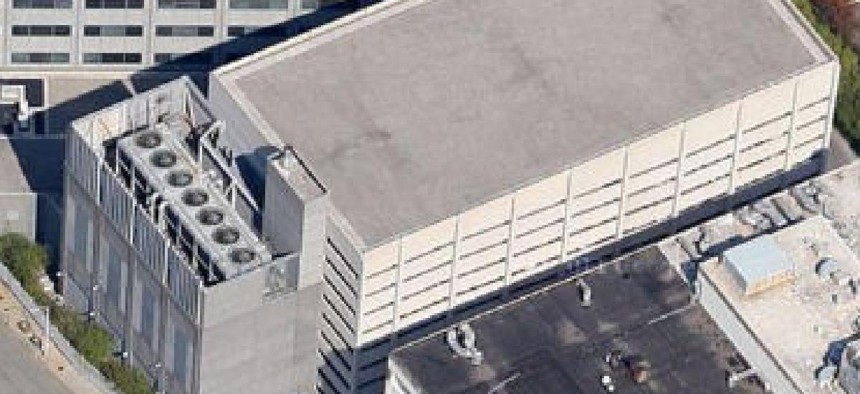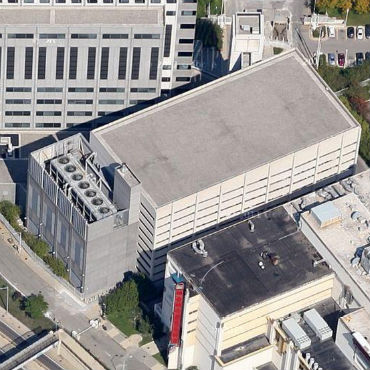IRS needs better data center consolidation plan: IG

Agency is shuttering some data centers, but lacks clear metrics or management plan, audit finds.

The IRS's Enterprise Computing Center in Detroit. (Image via Google Maps)
The Internal Revenue Service collects trillions in taxpayer dollars, but the agency's incomplete plan to consolidate its 15 major data centers is costing taxpayers millions each year, according to an audit by the Department of Treasury Inspector General for Tax Administration.
The audit, released in June, suggests the IRS has made some progress in adhering to the Office of Management and Budget's 2010 plan to reduce and optimize the number of data centers across the government, called the Federal Data Center Consolidation Initiative.
However, the audit states the IRS has not formalized a project management plan that addresses challenges, optimal footprints, milestones, timeframes and other details necessary to meet its data center consolidation goals: Reducing its data center space by half – from 400,000 square feet to 200,000 square feet via 10 percent reductions per year from fiscal 2011 to fiscal 2015 – and trimming number of data centers from 15 to eight by the end of fiscal 2015.
The audit was also critical of IRS' inventory practices, claiming the agency's data center consolidation plan did not include all its data centers that meet the standard federal definition. According to the audit, IRS has an extra 115,000 square feet of data center space in 61 buildings across the country for which it did not account.
"While the IRS has exceeded its first two years' goals for reducing data center space and improving the energy efficiency of its data centers, management of the DCCI needs to be improved to ensure that the IRS meets its future DCCI goals," the audit said. "Two years of the IRS' five-year DCCI have elapsed without a clear plan for how the data center space reduction goals will be accomplished."
The IG notes that during the audit, IRS announced plans to close its Enterprise Computing Center in Detroit, an underutilized data center that will save the agency $15 million annually. That step in the right direction, however – along with two prior data center closures that reduced its footprint by 76,000 square feet – was not enough to stave off a series of IG recommendations.
The IRS agreed to fully adhere to seven recommendations made by the IG, including the development of an actual project management plan, allocating additional resources to data center savings efforts, correcting its inventory and developing a baseline footprint to the IRS' small data center.
The agency partially agreed with the IG's recommendation to consolidate the Detroit data center into Martinsburg, W.Va., and Memphis, Tenn., data centers. In the formal response, IRS officials stated following the recommendation fully might hinder the agency's ability to make the best decision on where to relocate the Detroit data center's assets.
This is not the first time the FDCCI has drawn negative attention for lacking specifics. Agencies are on their own when it comes to setting data center space savings goals and other requirements; OMB has drawn significant criticism for failing to provide clear instructions. Only a few agencies have released any metrics or cost savings data, according to Government Accountability Office, and many are in a similar position to the IRS, struggling to put together plans.
The GAO and members of Congress have repeatedly charged in recent months that OMB's poor leadership and lack of metrics makes FDCCI savings difficult to measure. FDCCI, which was supposed to save the government $3 billion to $5 billion by 2015, has only achieved $63 million in documented savings thus far, according to GAO assessments.



